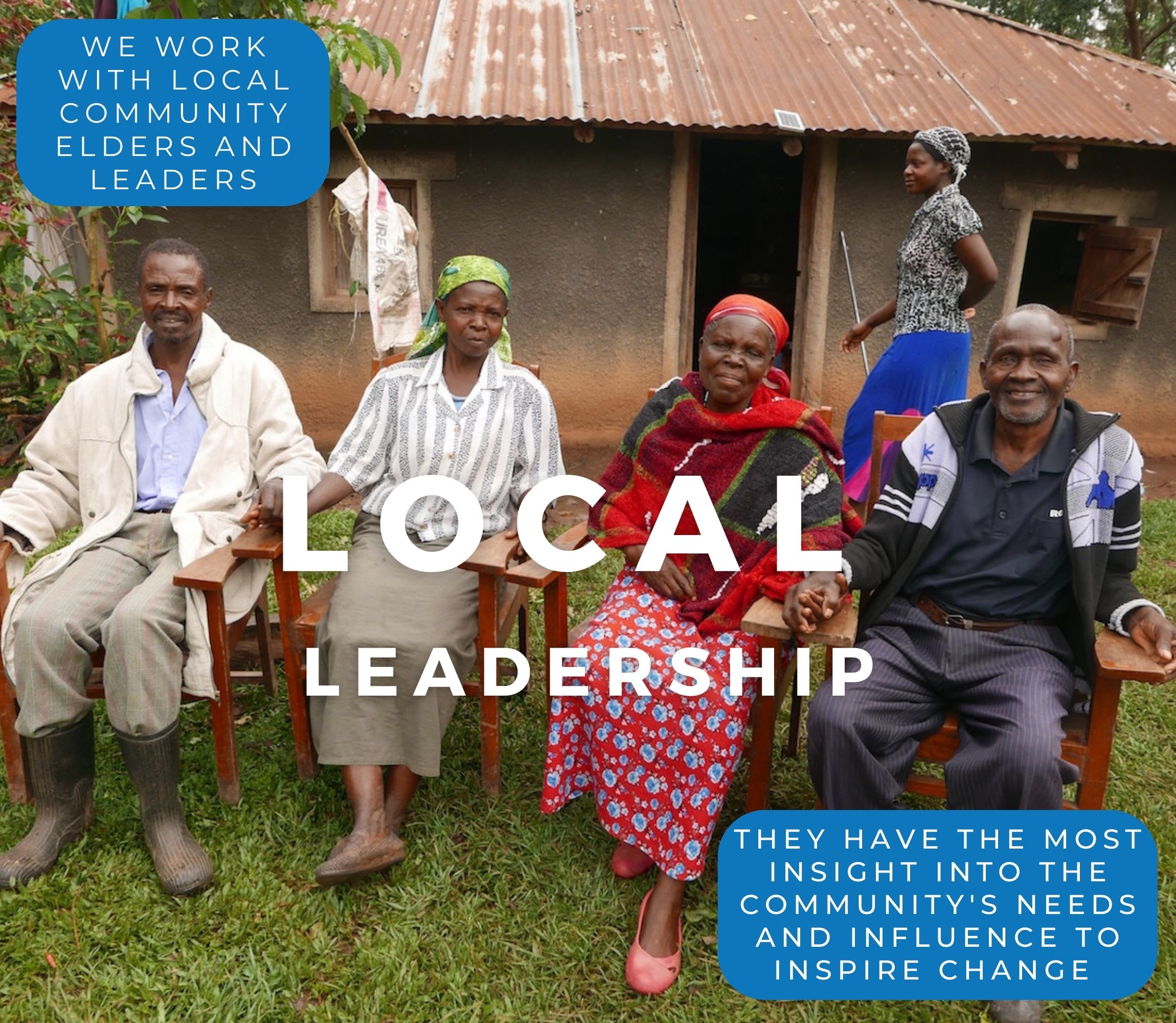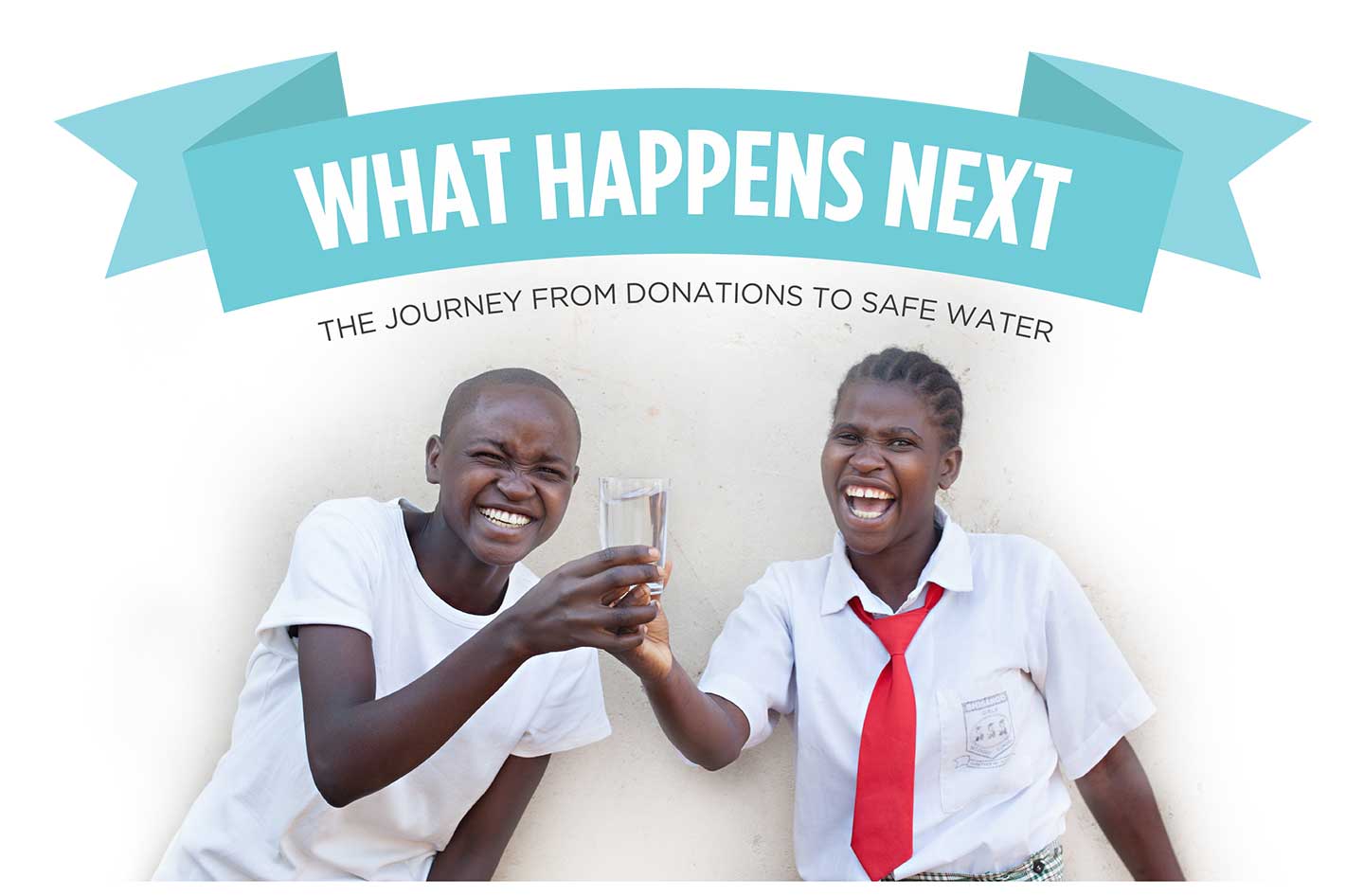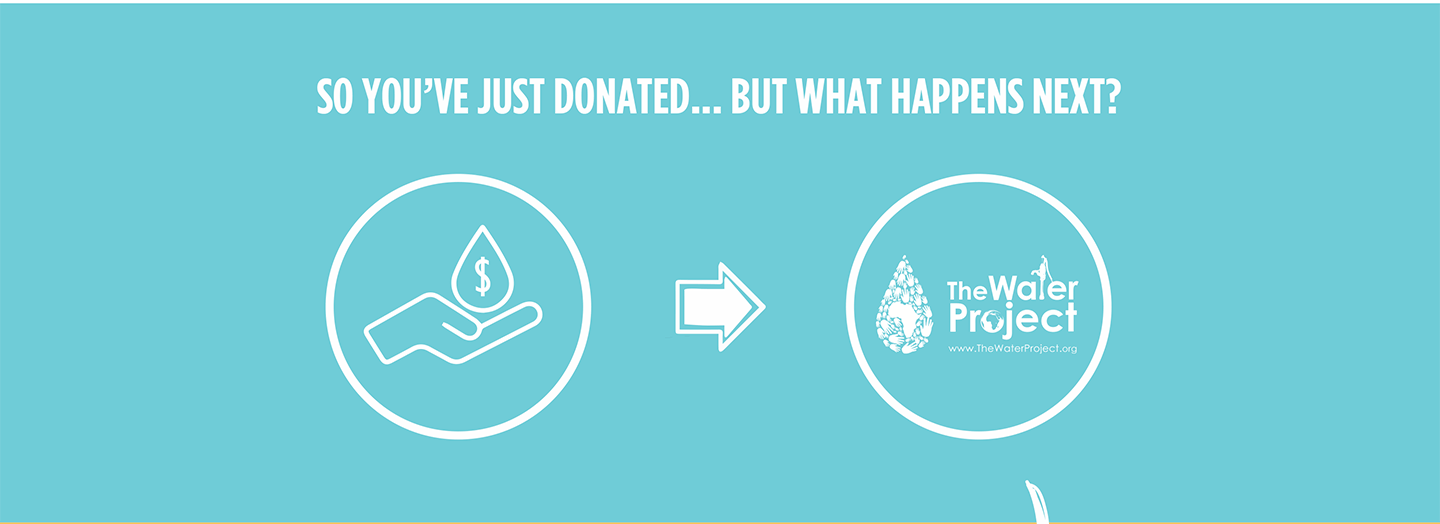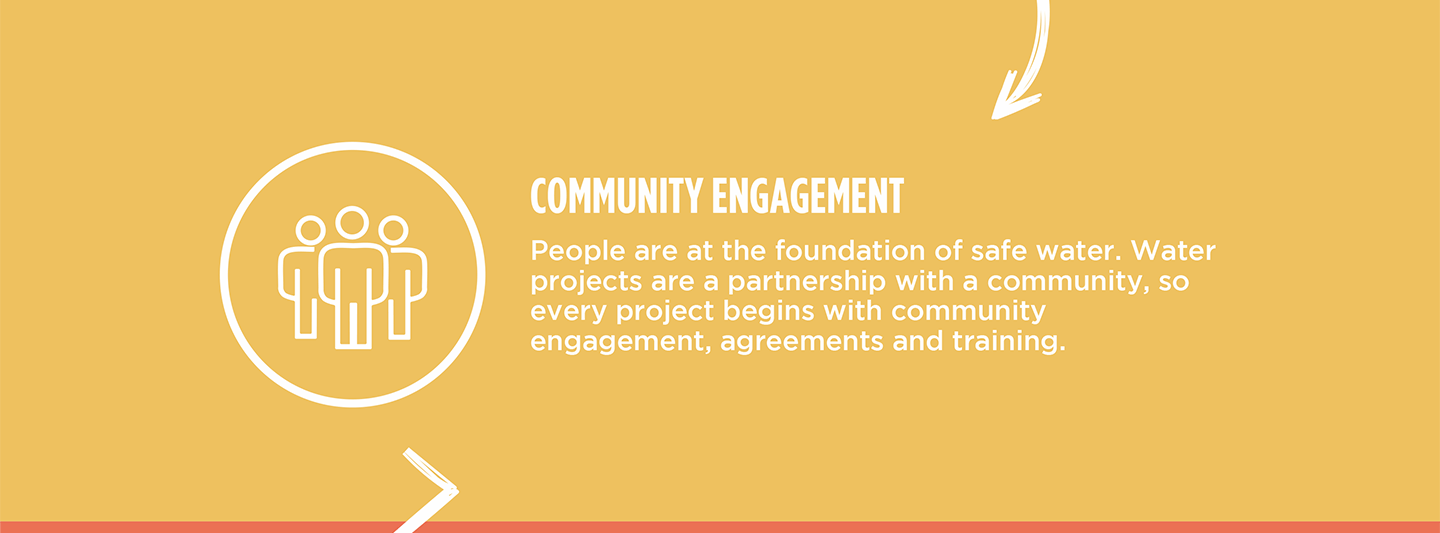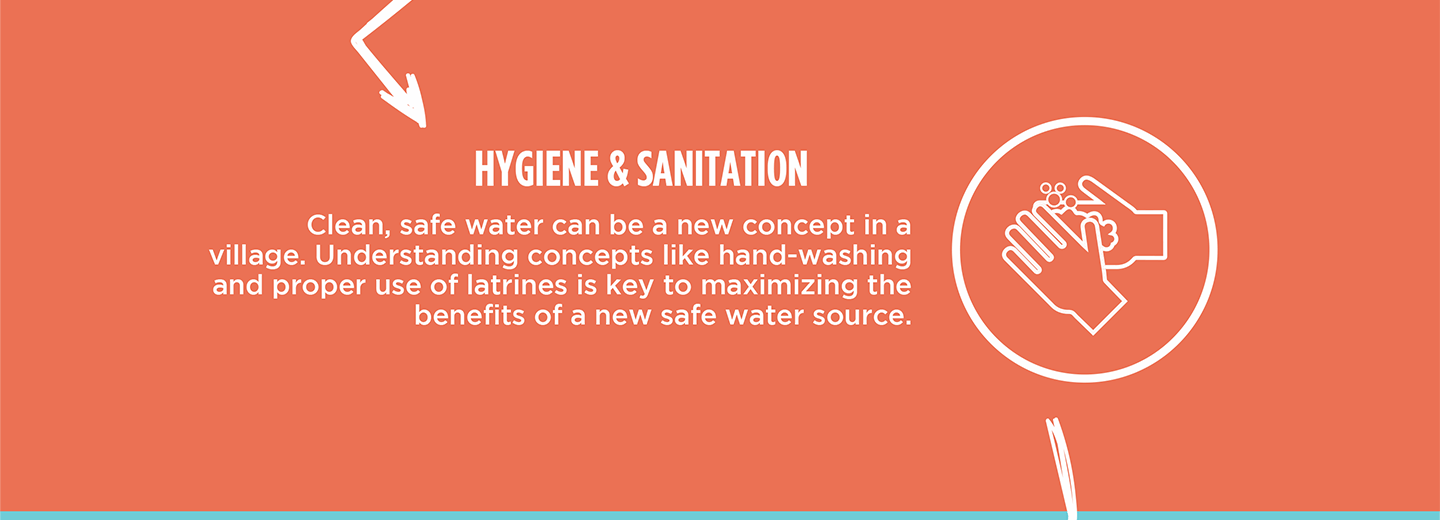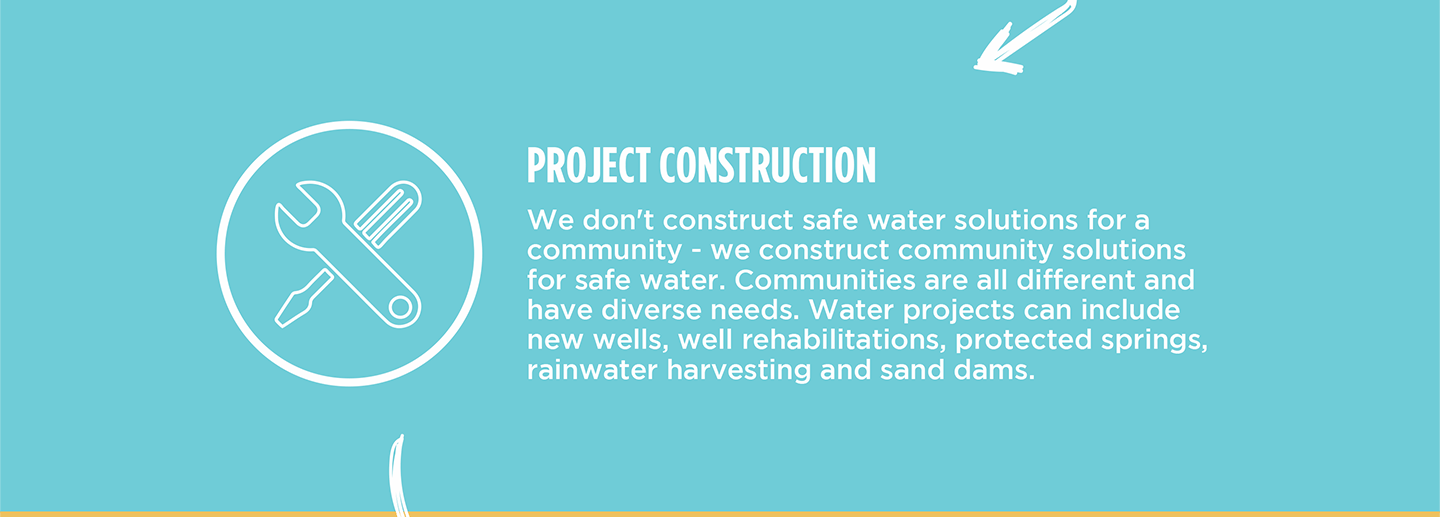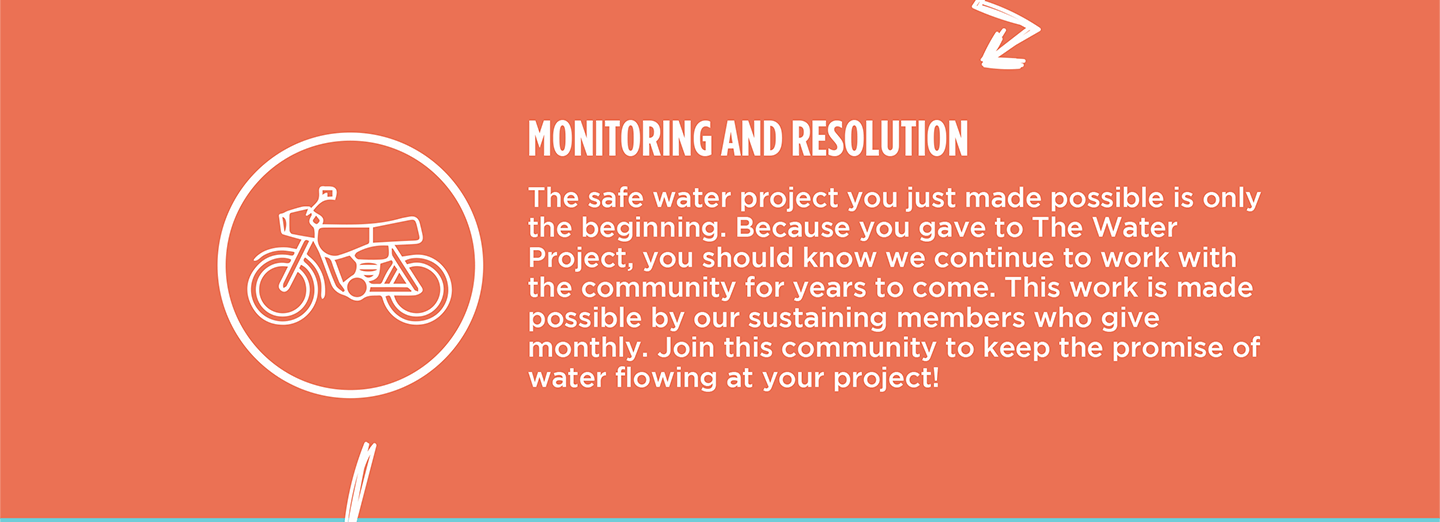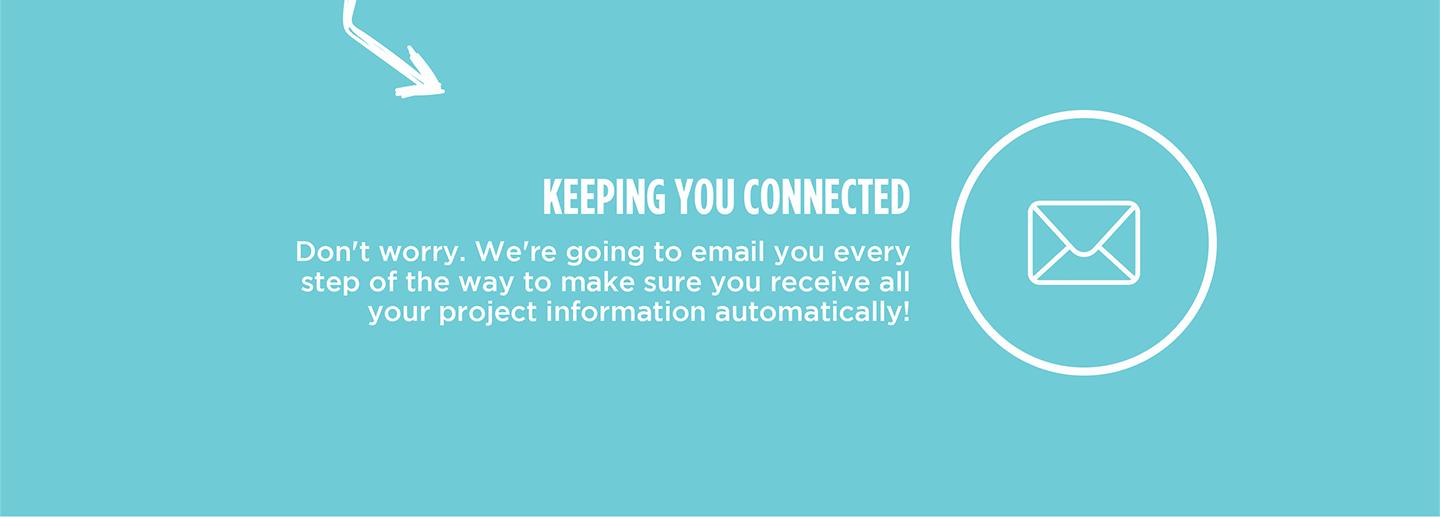Upon completion of the project, our partner in the field reports...
The site was picked one week prior to drilling. Ruhango District Engineer, LWI staff, and village leaders participated in the selection process. The site was selected to help the community access clean water because they have had no reliable safe water source. The local leaders played a major role in the success of this project. The LWI's Sustainability Coordinator, together with District Engineer and local leadership encouraged the community to contribute towards the completion of this project. They have discussed how the community can make a contribution to prepare the road to access the selected site. The local leader (cell executive secretary) released a plot of land for the well location. After much discussion, the local leaders mobilized the community to prepare the road and make it possible for the drilling machine to reach the site. LWI staff has provided orientation for the community on how to establish a water user committee for better management of the well. The community members are willing to establish a water user committee. The community has not signed an MoU to upgrade this well into submersible pump, because the community has no electricity yet. At the end of the training, the village leader greatly appreciated Living Water interventions that enabled the community to access clean water. The community was appreciated as well for effective participation to make the road and give access to the pump.
The LWI Rwanda team had an opportunity to meet with sixty-one year old community member and farmer Bonifilida Mukandutiye, who stated, "Thank you for this water. I have no words to express. The previous water sources were a swamp and a spring, but the water quality from those sources was very poor. The water from those sources becomes salty in rainy season and it has a horrible smell."
During the hygiene education, the LWI Rwanda team addresses: Hand washing, how to properly transport and store water, disease transmission and prevention, how to maintain proper care of the pump, as well as signs and symptoms of dehydration and how to make Oral Rehydration Solution. All of these lessons are taught in a participatory method to help community members discover ways to improve their hygiene and sanitation choices, and implement community driven solutions.
 Borehole Well and Hand Pump
Borehole Well and Hand Pump
 Rehabilitation Project
Rehabilitation Project

